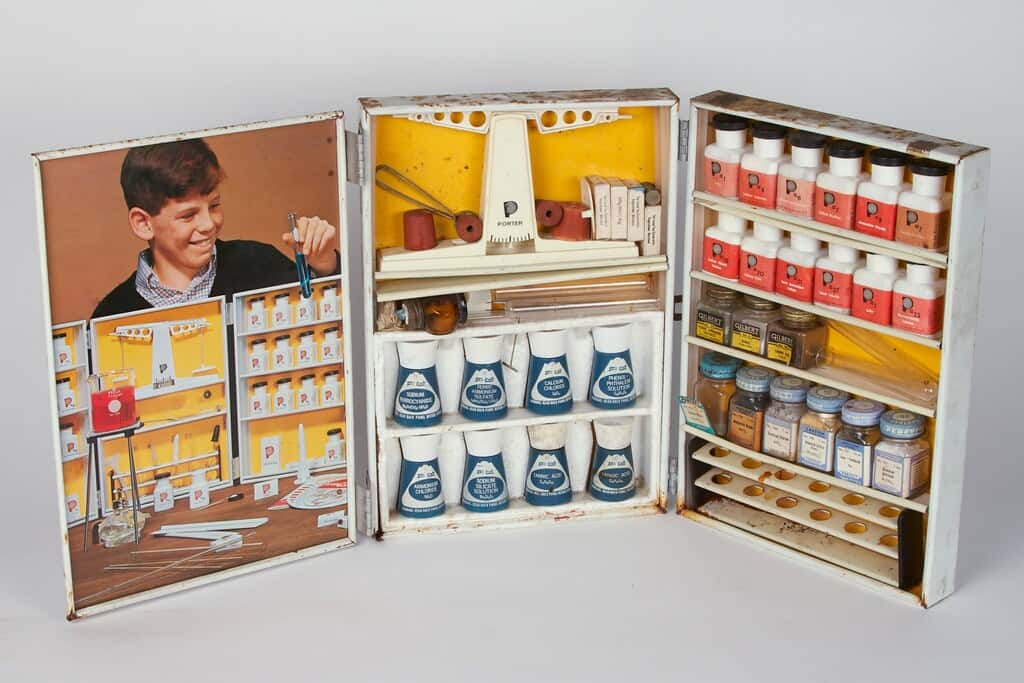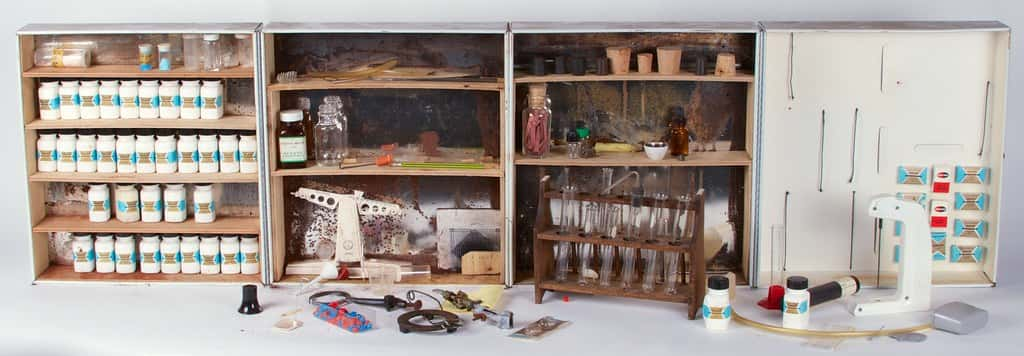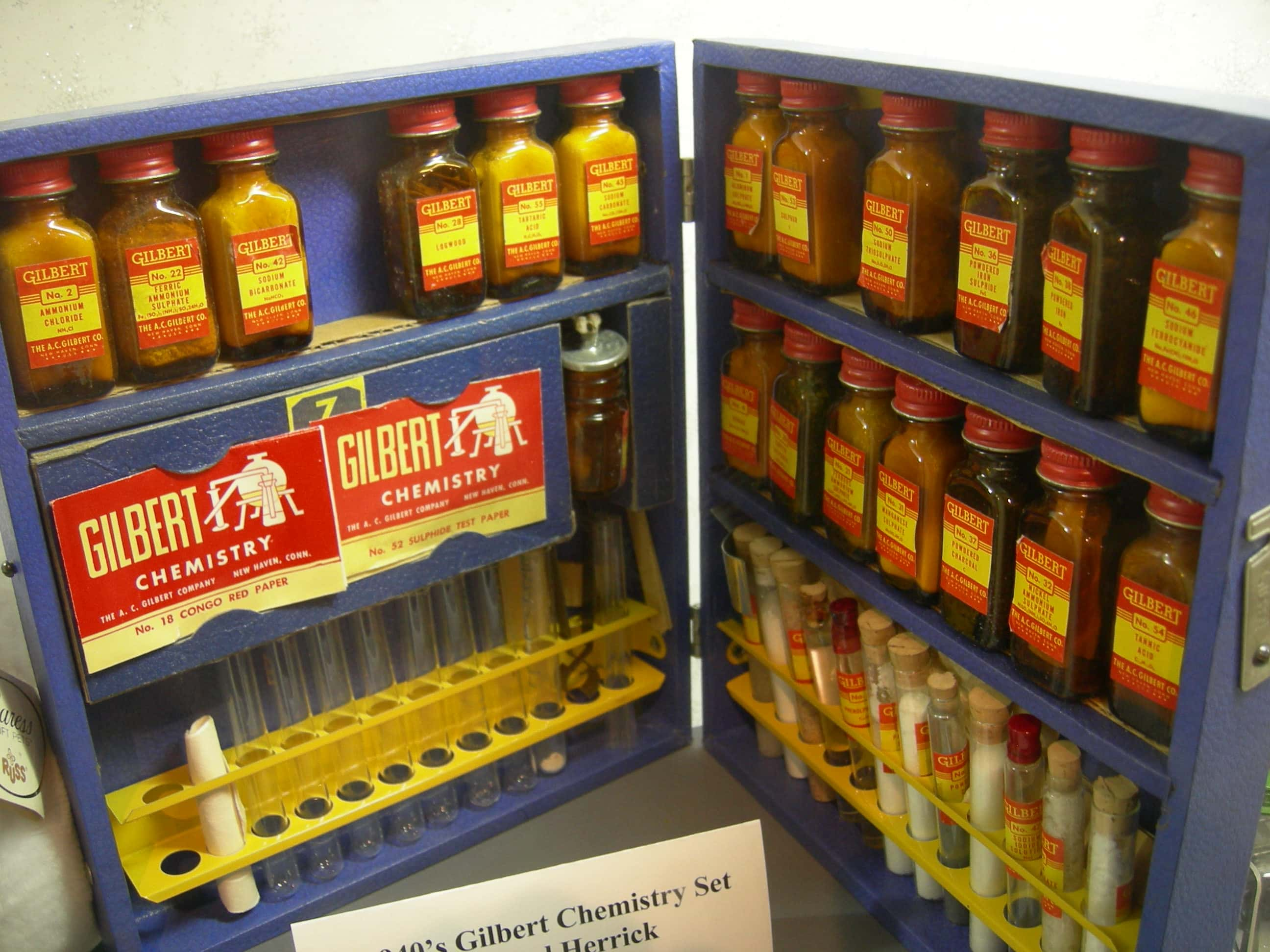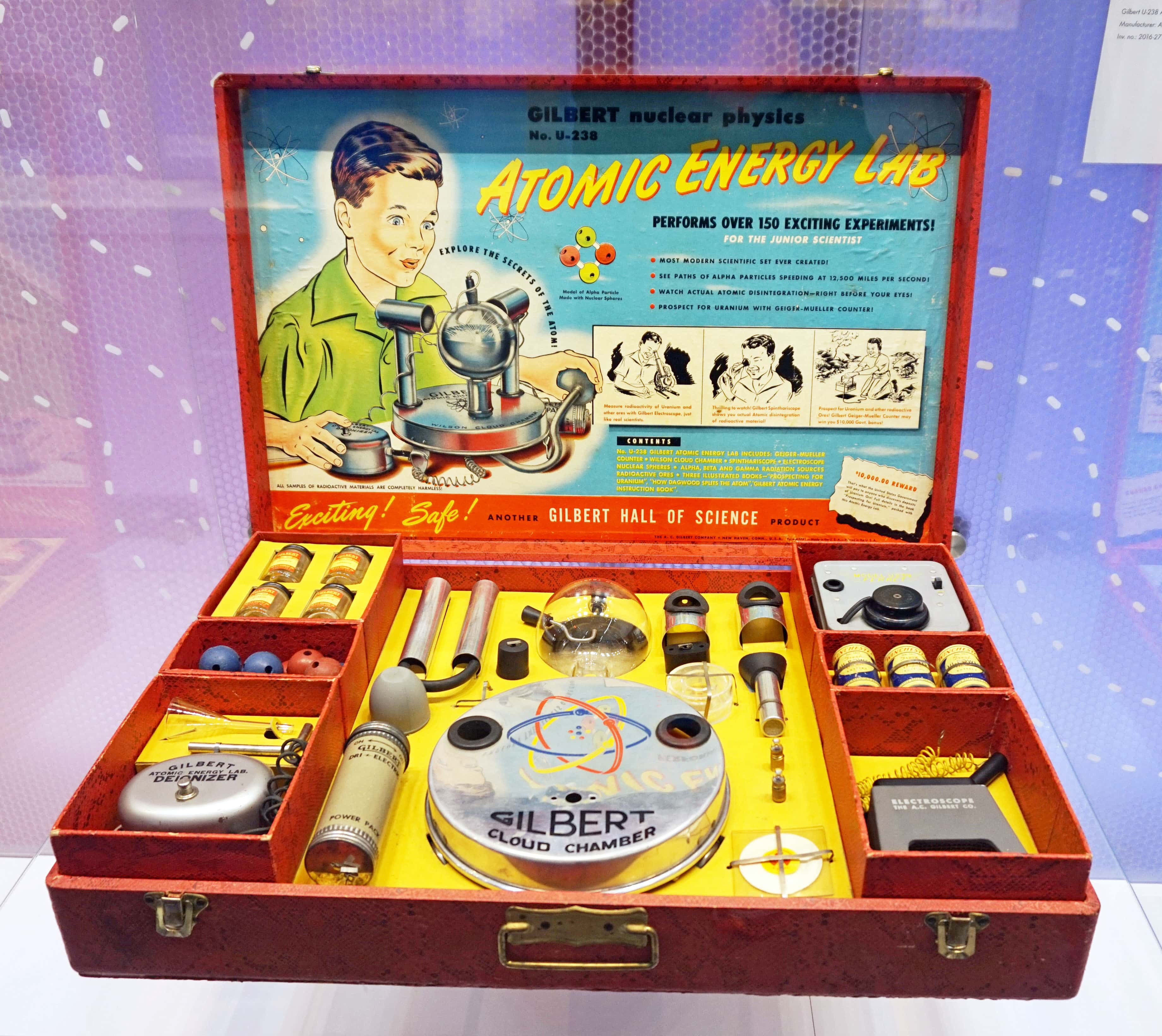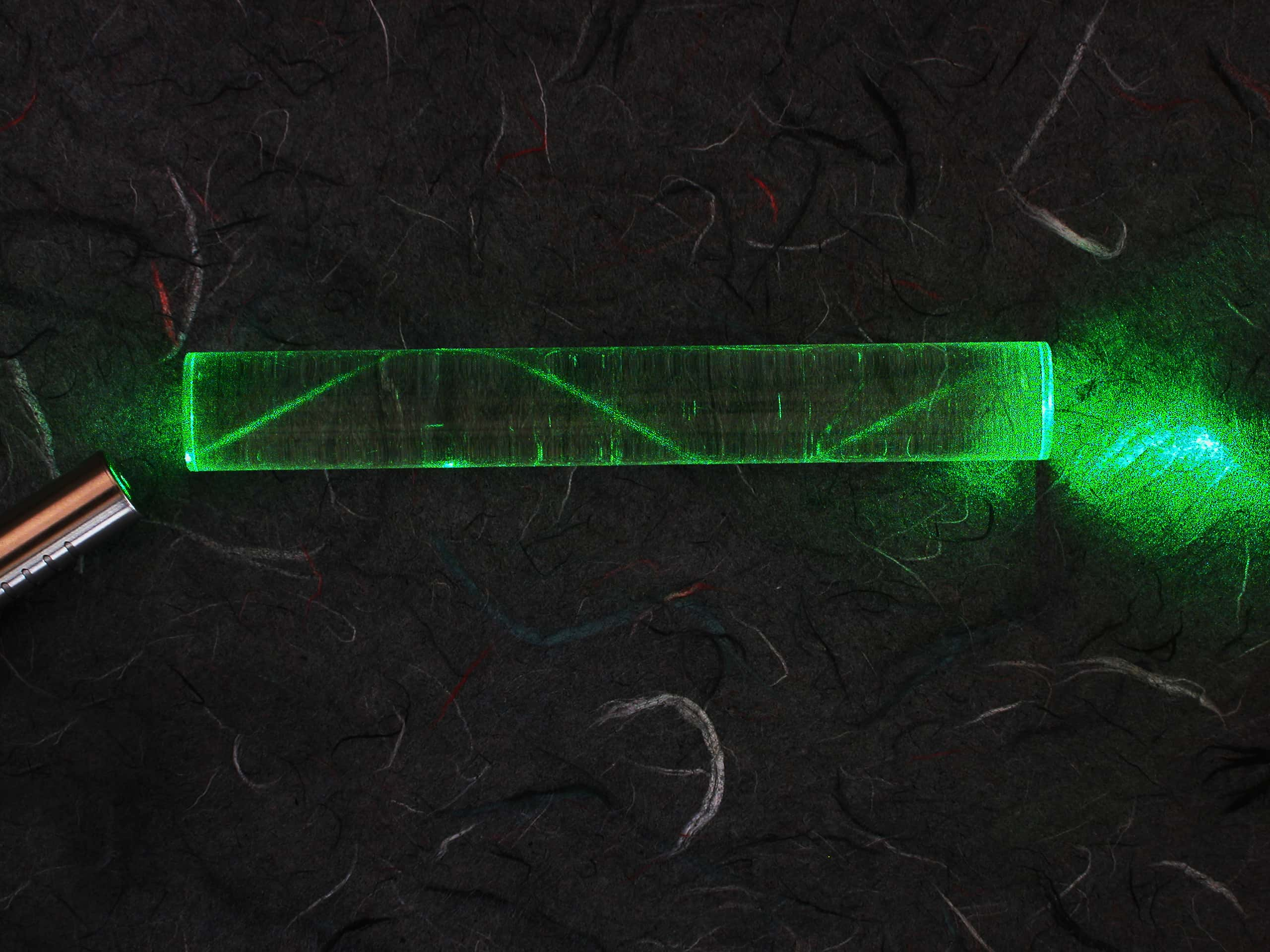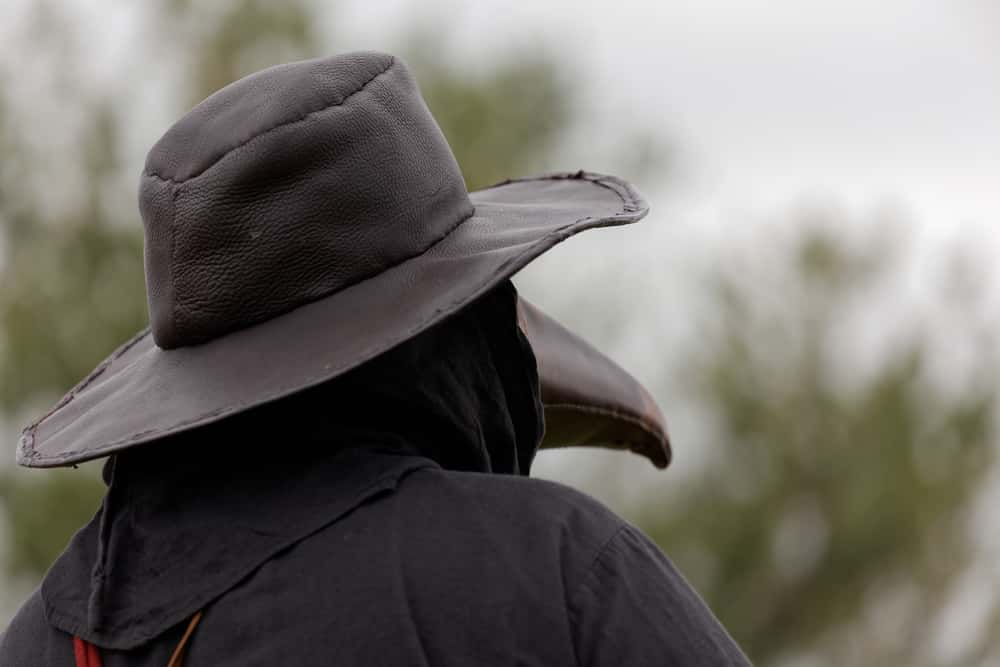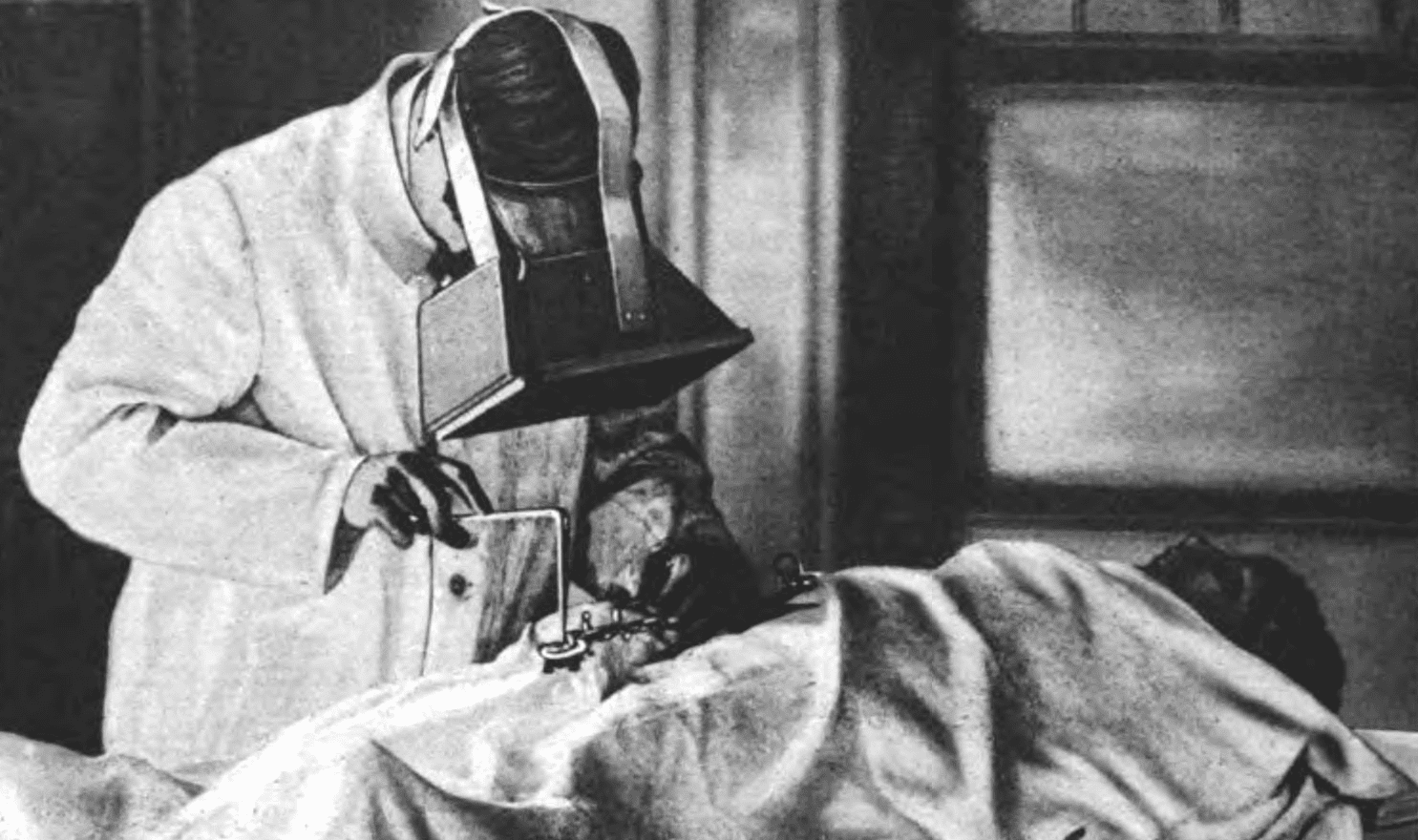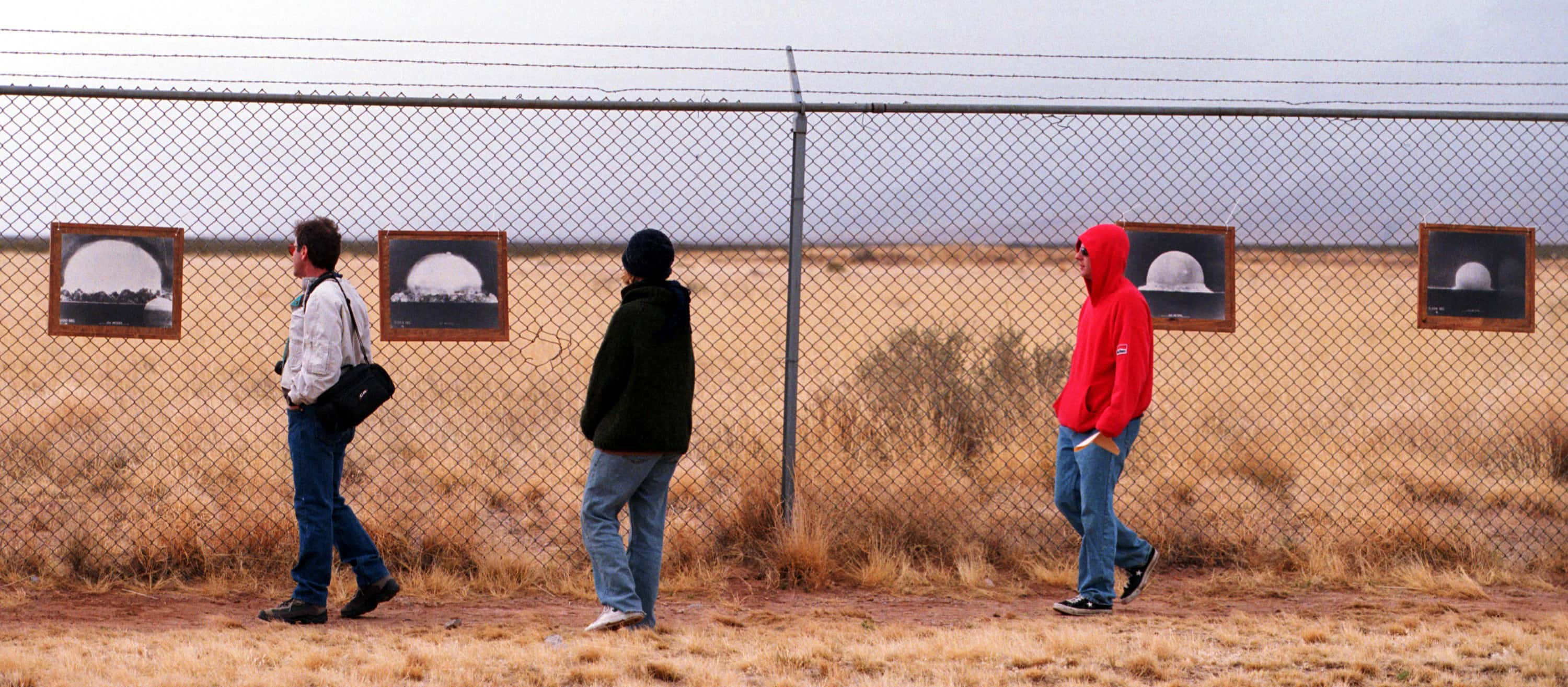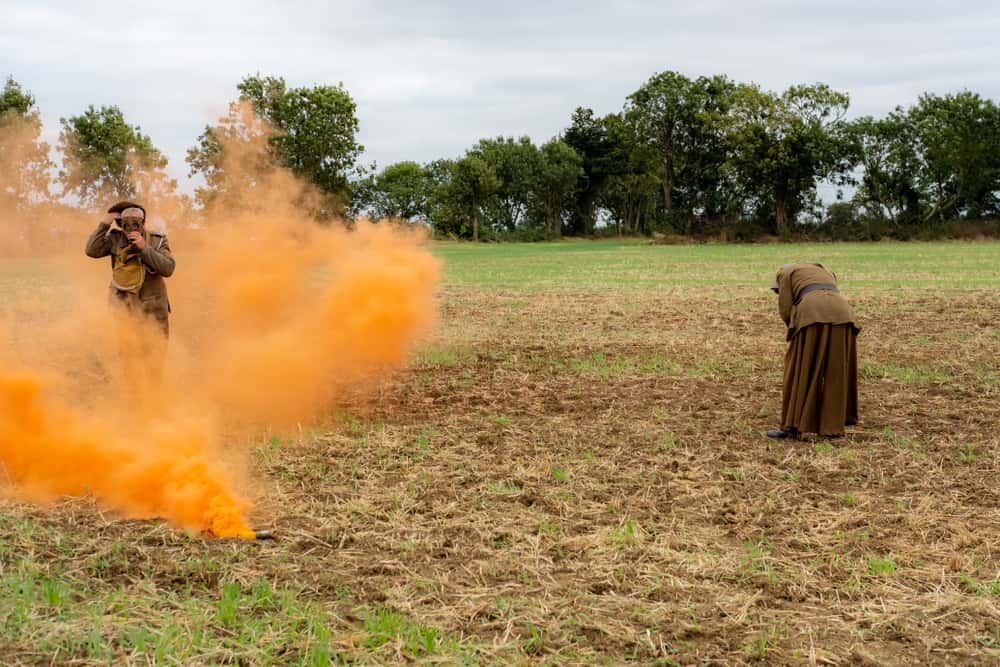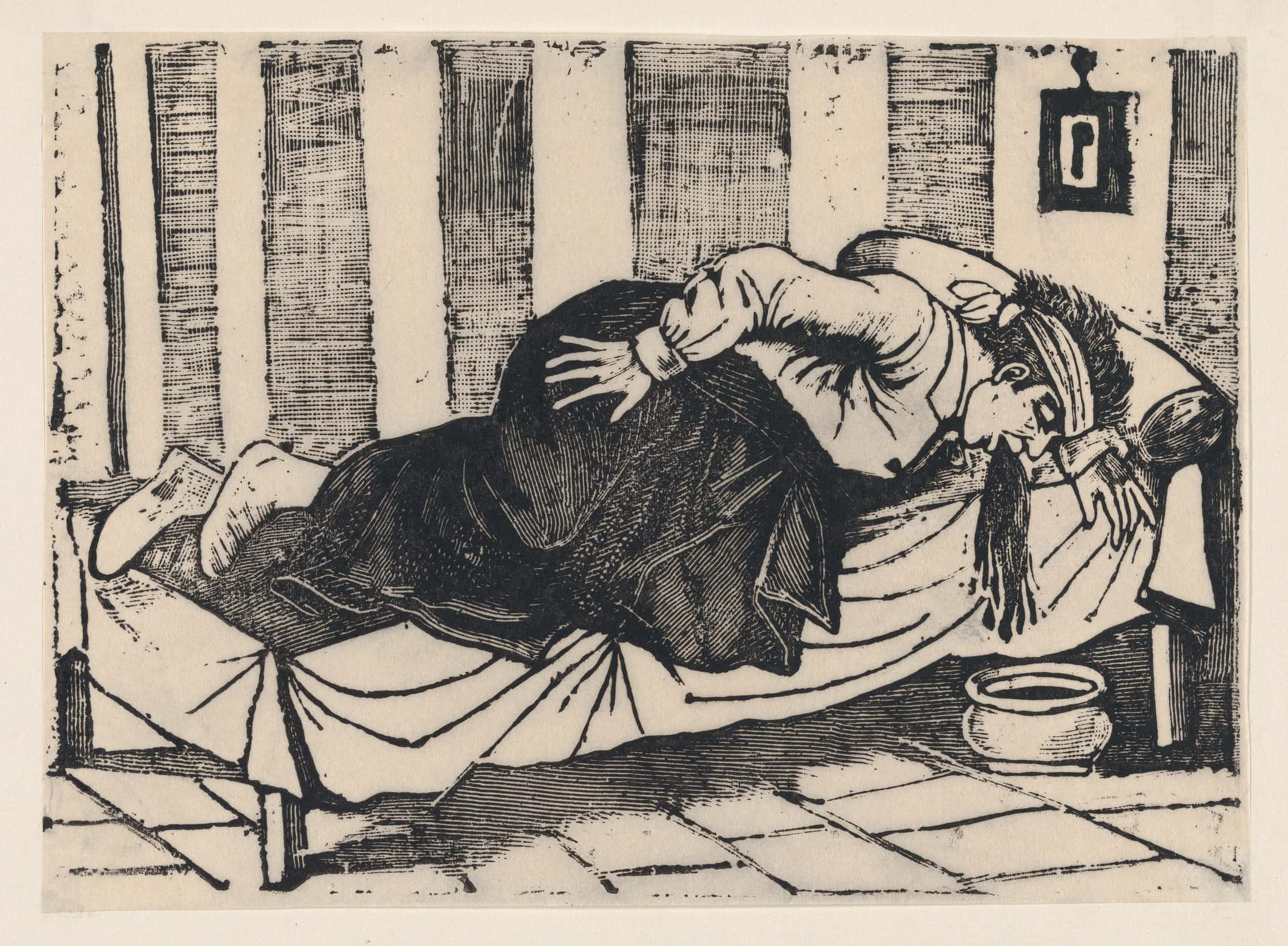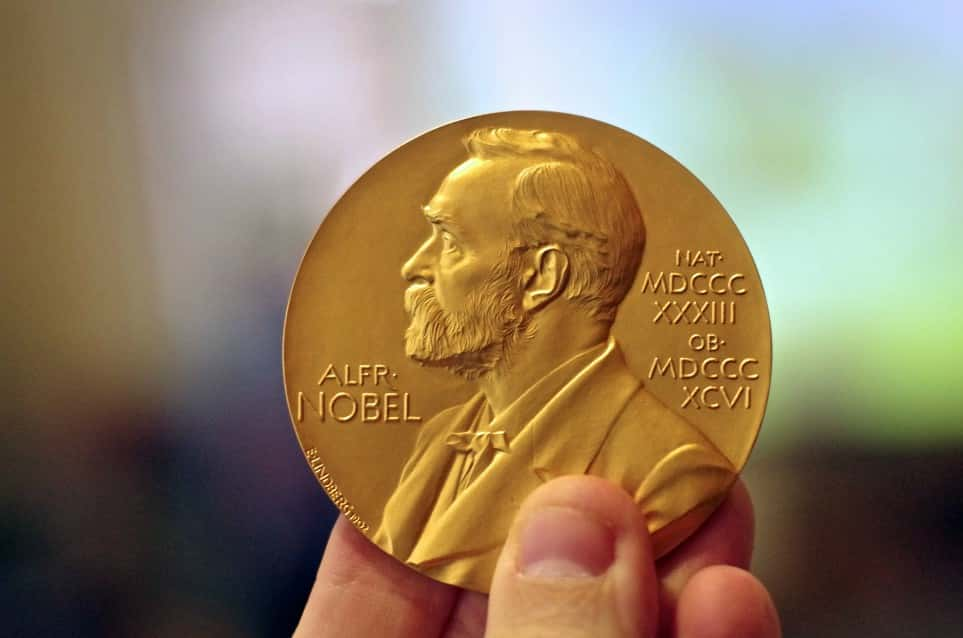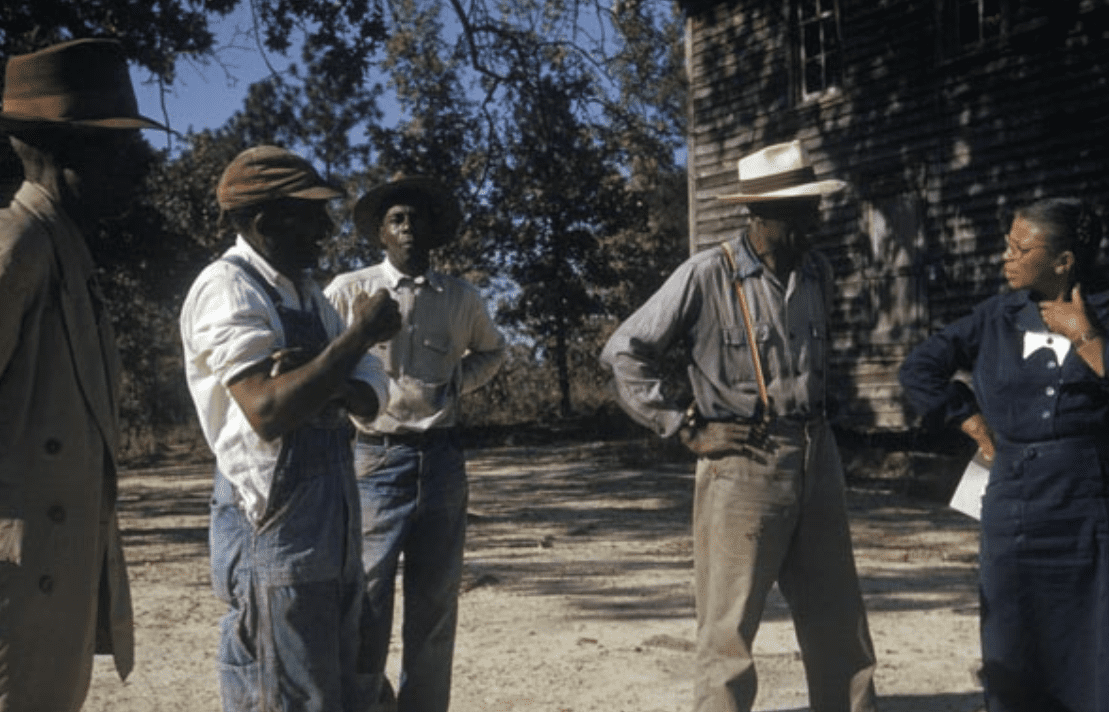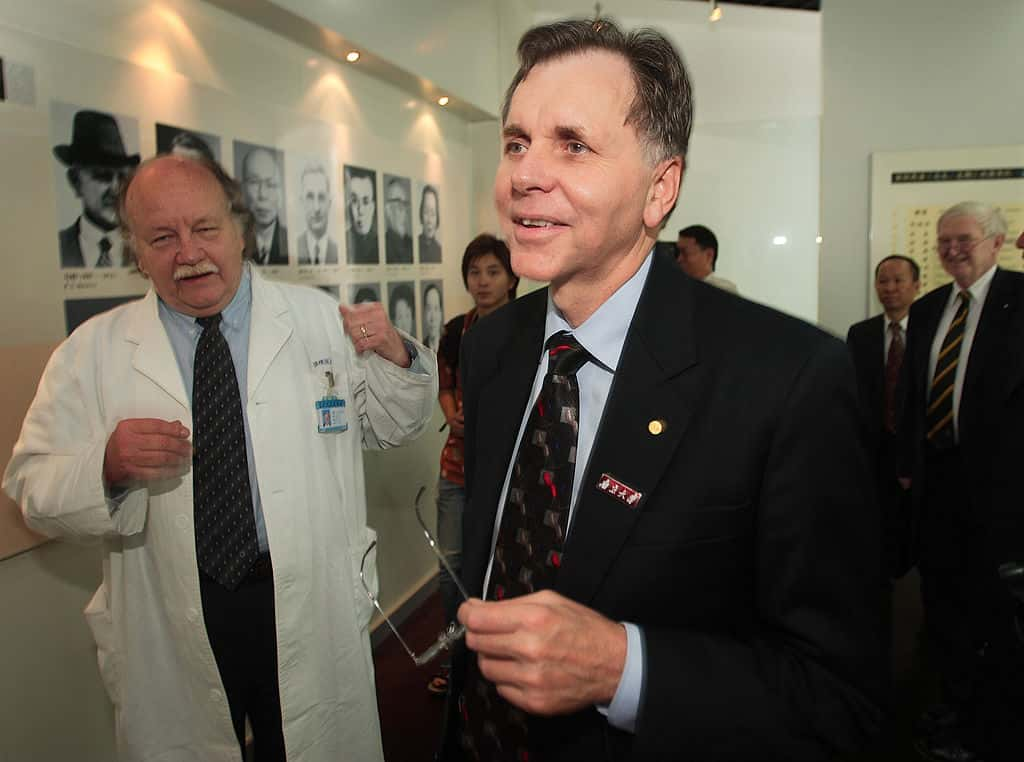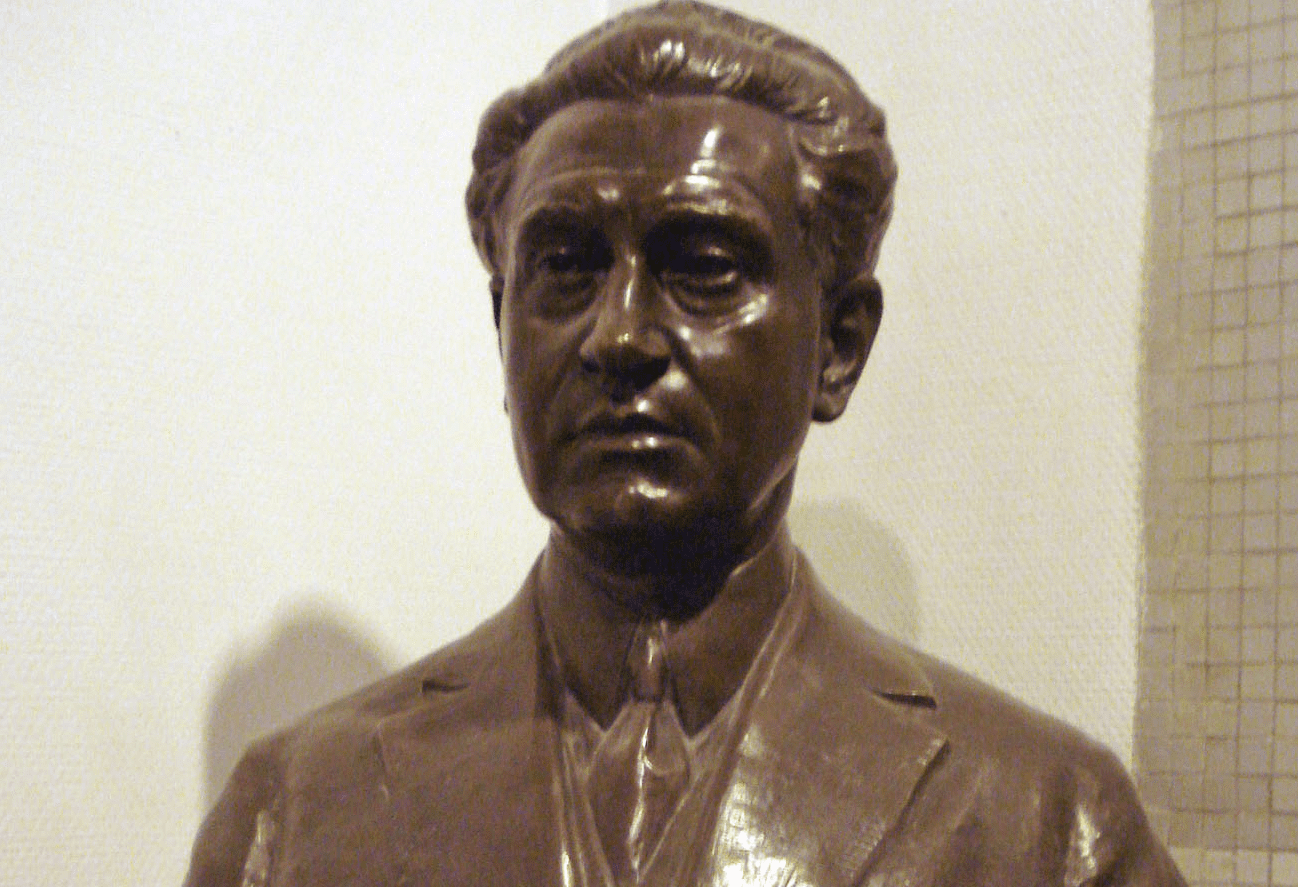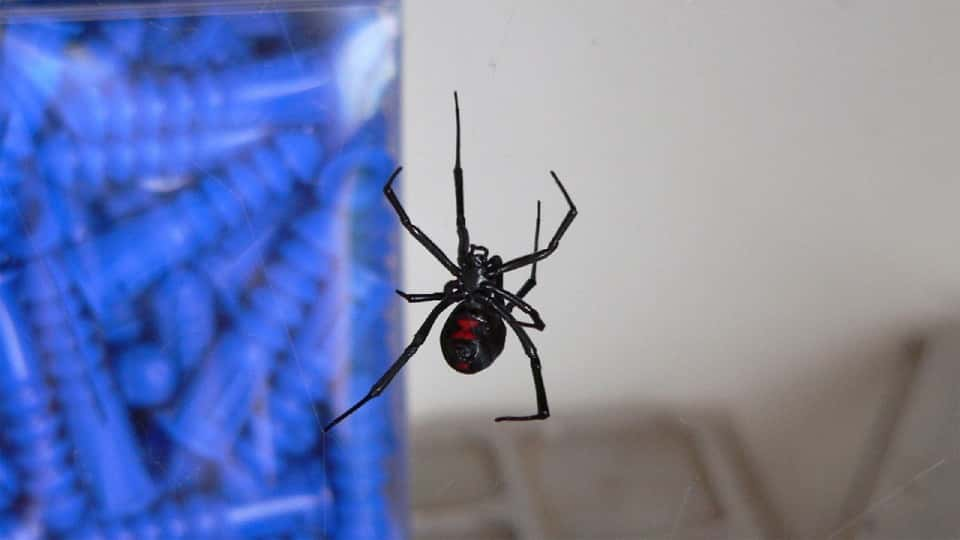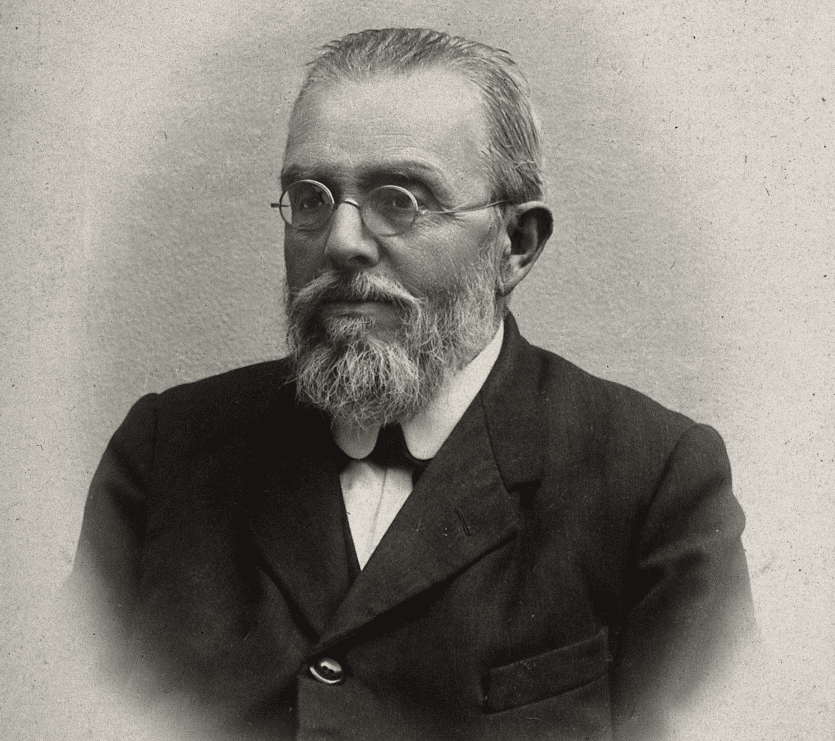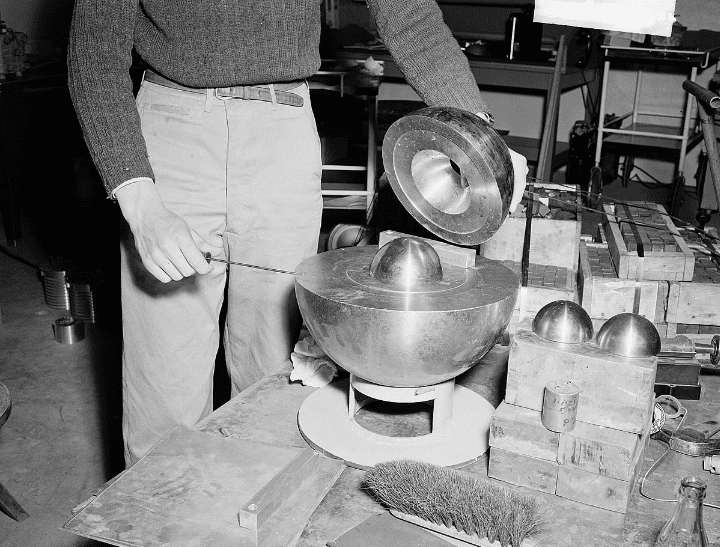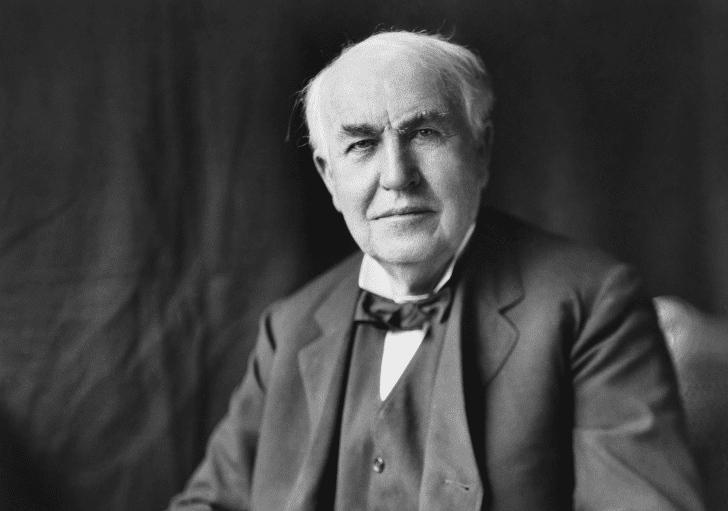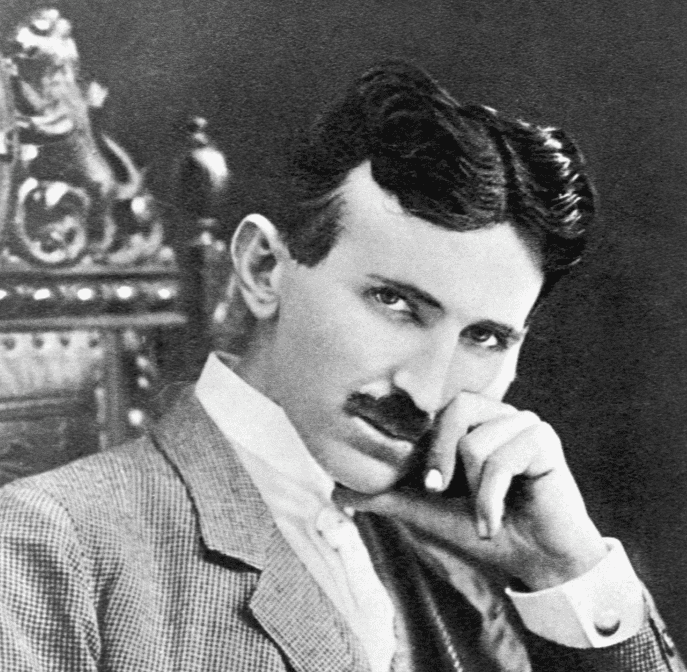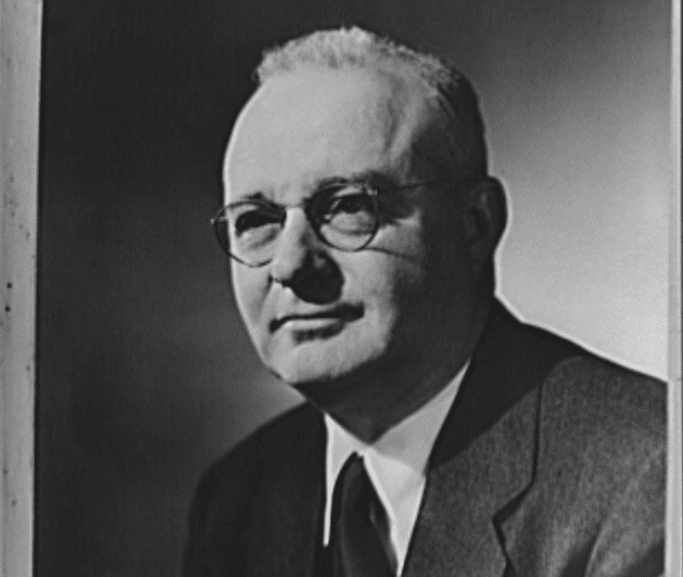“All life is an experiment. The more experiments you make, the better" —Ralph Waldo Emerson
There’s always going to be some risk involved in scientific progress, but there were plenty of times throughout history where scientists took way more risk than you would ever think was worth it. Sometimes it was out of arrogance, sometimes incompetence, and often it was just out a complete lack of concern for a subject’s safety. So here are 44 facts about some of the most downright dangerous scientific experiments ever conducted.
44. Down the Rabbit Hole
In 1938, Dr. Albert Hoffman was the first person to synthesize lysergic acid diethylamide, also known as LSD. In 1943, Hoffman decided to test the drug on himself. He took 250 micrograms, what he assumed to be a small dose. He would later learn that it was roughly 10 times the necessary dose of the drug. Fortunately, his subsequent experience—the first intentional LSD trip—caused no harm, and he actually found the experience to be extremely pleasurable.
43. Lucy in the Sky with Mind Control
Project MKUltra was a top secret CIA operation where they experimented with LSD to see if they could use the drug as a form of mind control. Much of the project was completed unethically, with people being experimented on without their knowledge. One man, a CIA scientist named Frank Olson, was secretly given LSD, entered into a depressive state, and fell out the window of a New York City hotel nine days later.
42. The Elephant in the Room
Of all the experiments done with LSD, this one must be the most bizarre. In 1962, scientists at the University of Oklahoma injected an elephant named Tusko with a massive dose of LSD that was 1,000 times the regular human recreational dosage. The researchers were testing to see if it would send the elephant into a state called “musth,” where males become violent and uncontrollable. The experiment seems ludicrous from the get-go, but it didn’t work either—the elephant went into convulsions minutes after being injected, and died soon after.
41. Maybe Not the Best Idea
People have been selling chemistry sets as toys to children since before WWII. Unfortunately, these sets were often not the safest things in the world: One set showed an image of a small girl stripping a battery with metal pliers, presumably to see what is inside. A message to children everywhere: never do this.
40. DIY Gunpowder, Kids!
One thing that children could do with early chemistry sets is combine potassium nitrate, sulphur, and charcoal to create their very own gunpowder. Which, uh, probably wouldn’t meet today’s safety standards.
39. Poison for Tots
All kinds of chemicals could be found in children’s chemistry sets, including extremely dangerous ones like cyanide. But, believe it or not, some old-fashioned scientists prefer those old sets, believing that they were far more useful than today’s safer, less capable kits.
38. Radioactive, Radioactive
In the '40s and '50s, interest in nuclear power was at an all time high. To profit off the craze, toymakers made nuclear playsets. These sets sometimes included uranium dust. The only problem is: uranium dust is highly radioactive and poses a major health risk. Kind of obviously.
37. Death Ray
The electric death-ray is a mainstay of science-fiction, but did you know that Nikola Tesla actually claimed to have created one? After doing experiments with shooting cathode rays at targets, Tesla said that he built a machine that worked using something called “teleteleforceforce,” which could destroy entire fleets of aircraft from miles away. He once said about his death ray: “It is not an experiment.... I have built, demonstrated, and used it. Only a little time will pass before I can give it to the world.” He tried to sell the design to various governments, but they all turned him down, and most of his notes about the mysterious machine have been lost, so today no one really knows what the device was or what it was capable of.
36. Literally Shooting Missiles with Lasers
Even today, militaries all over the world are experimenting with using high-powered lasers to destroy enemy missiles before they can reach their target. Many successful tests have occurred where missiles have been detonated by firing lasers at them, but as of yet no practical application of the idea has been implemented.
35. Ring Around the Rosie
In the Middle Ages, the bubonic plague (or the “Black Death”) killed anywhere from a third to more than half of Europe’s population. Unsettlingly, during the Cold War, both the US and Russia experimented with using the plague as a biological weapon. Reportedly, the Russians did a lot of research on how to make it releasable in aerosol form, and even produced a large amount of the plague bacteria to use in these weapons.
34. Leave the Dog Out of It!
While researching potential biological weapons, Joseph Barcroft exposed himself and a dog to hydrogen cyanide to see the effects. Barcroft himself experienced moderate breathing problems, but the dog had a severe reaction (don’t worry, it would later recover).
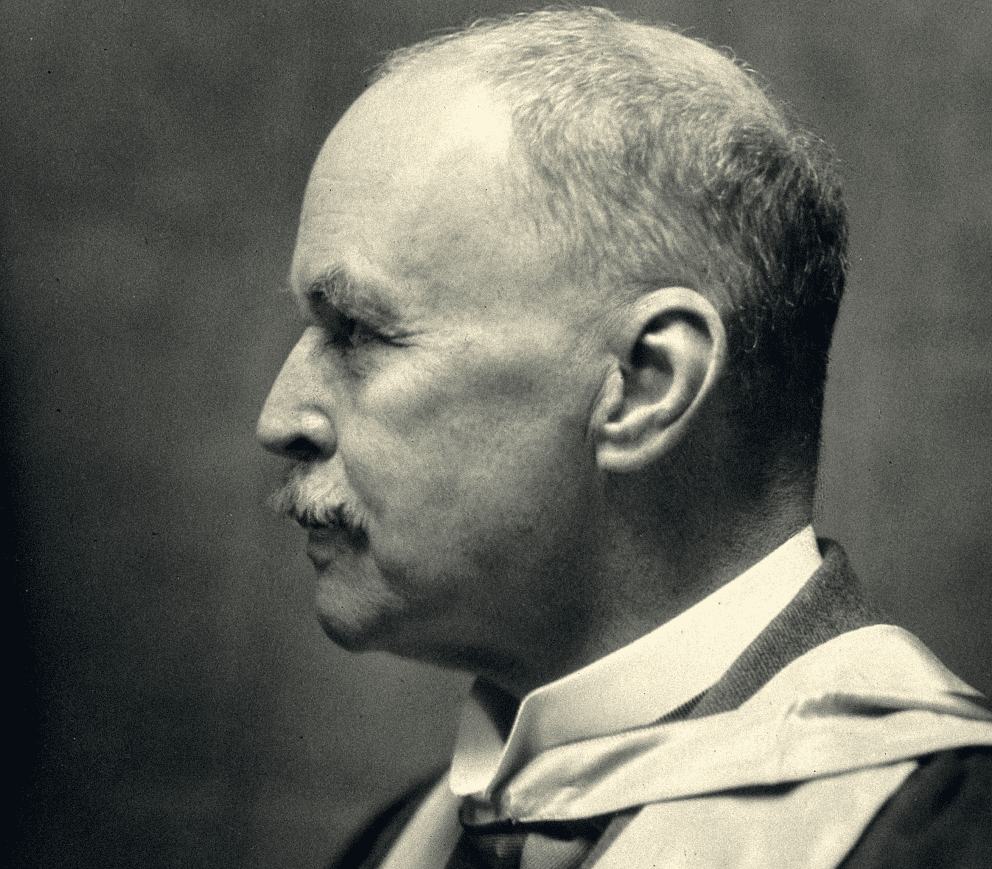 Wikimedia Commons
Wikimedia Commons
33. Even Worse Than You Thought
During the Holocaust, Nazi doctors performed horrifying experiments on the people in concentration camps. With absolutely no concern for their subjects’ lives, doctors intentionally infected them with diseases like malaria, tested poisons on them, and removed organs without anaesthetics, to name just a few of their atrocities.
32. The Most Terrible Unit You’ve Never Heard Of
During WWII, the Japanese performed their own shocking medical experiments. The secretive Unit 731 experimented on an estimated 250,000 people, mostly the Chinese and prisoners of war. They performed similar experiments to the Nazis, like surgeries without anaesthetics, testing biological weapons, and removing the organs of their victims, ostensibly in the name of science.
31. Unknown Territory
The harnessing of nuclear power was one of the biggest discoveries of the 20th century, and very soon after scientists began to figure out how to use it to create a bomb. The Americans were the first to manage it, and tested their first nuclear weapon on July 16, 1945. Since the Trinity Test, as it was called, was the very first detonation of a nuclear device, few could exactly predict the destruction that it would cause. Of course, scientists deemed the test a success, and the American military used the bombs in Japan less than a month later.
30. It’s Not a Competition
Scientists in Australia also tested various potential biological weapons on volunteer subjects. These volunteers were egged on by staff, who encouraged them to place bets amongst themselves, with the persons who were hurt the worst by the treatments receiving the biggest payouts. Many of then men were left with permanent disfigurements.
29. I Prefer Ketchup
During World War II, the American Navy tested mustard gas, the horrifying chemical weapon used in World War I, on its own soldiers. Young recruits, aged 17 and 18, were asked if they wanted to take part in an experiment, and were only told once they reached the laboratory that the experiments involved mustard gas. All of them suffered extreme injuries, but they were forced by the military to keep quiet for decades.
28. The Anthrax Subway Test
In the sixties, the British military was concerned about the possibility of a biological attack on the city of London. To try and better prepare themselves, they released a box of Bacillus globigii spores, a fungus similar to anthrax, into the London subway system on July 26, 1963 to see how it might spread. Though the scientists thought that Bacillus globigii was harmless, it actually carried the potential to cause various ailments from food poisoning to eye infections.
27. Unwitting Volunteer
In May 1953, scientists in the British Ministry of Defence tested the nerve-gas sarin on the 20-year-old Ronald Maddison, who had unwittingly volunteered for the experiment thinking it would involve some very minor tests. Instead, the scientists used him to help determine the lethal dose of sarin, and Maddison died thrashing on the floor, convulsing and spewing from his mouth.
26. He Must Always be Hungry
Doctors knew very little about how digestion worked in 1822 when Dr. William Beaumont was presented with a very unique opportunity. A fur trader had been shot in the stomach and was treated by Beaumont. Although he recovered, he was left with a hole in his stomach that never healed. Rather than try to fix the hole, Beaumont instead performed tests with the trader: He would tie food to a string, insert it into the man’s stomach through the hole, and then later pull out the string to see how the food was being digested.
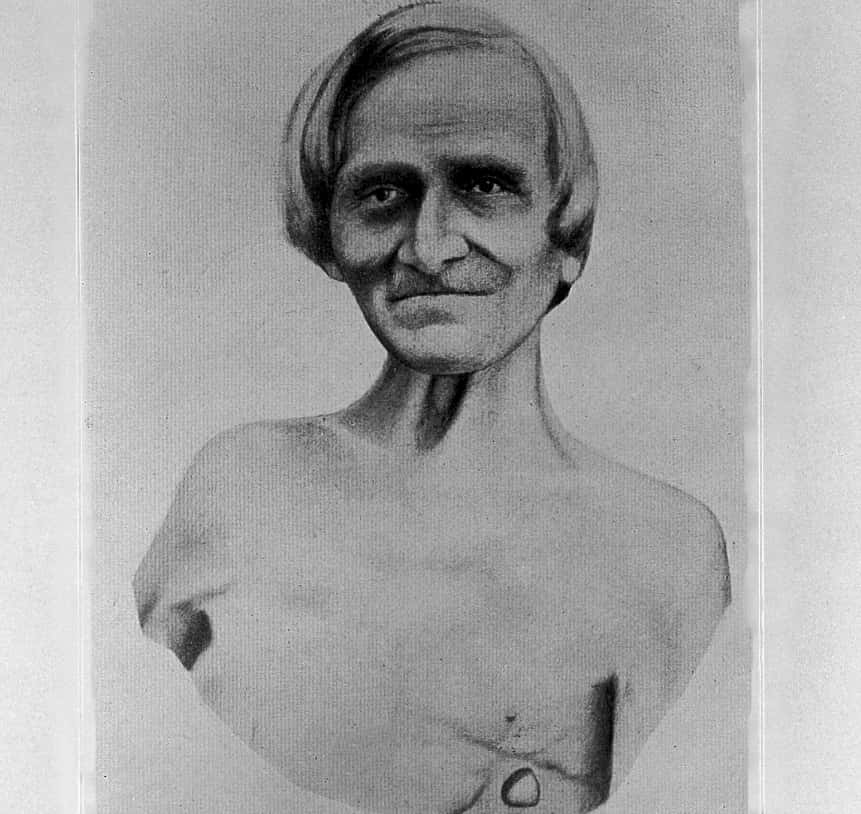 Wikimedia Commons, Wellcome Collection
Wikimedia Commons, Wellcome Collection
25. Yellow in His Belly, But Not Yellow-Bellied
Stubbins Ffirth was a doctor who studied yellow fever in the early 1800s. Based on his observations, he believed that the illness wasn’t contagious, and he looked to prove his point. He did this by taking some vomit from a yellow-fever patient and pouring it into cuts on his arms. After that, he poured some into his eyes. Finally, he ended up just drinking entire glasses of the vomit. Surprisingly, he didn’t actually get sick, but he wasn't right. Yellow-fever is contagious, but it’s contagious through direct contact with blood, not vomit. Good try though…
24. Self-Surgery
Werner Theodor Otto Forssmann was a pioneer in cardiac surgery, and developed a procedure to insert a catheter into the heart. While he was still a student, he inserted a catheter into a vein on his arm, pushed it all the way up his arm and into his heart, then walked over to the X-Ray department to see the results. Thankfully, the experiment was a success, and his X-Ray showed that the catheter had reached his heart safely. He totally got fired after, but he did end up winning the 1956 Nobel Prize for Medicine.
23. Shameful History
Between 1932 and 1972, doctors in Alabama conducted the Tuskegee syphilis experiment, which must go down as one of the most racist, unethical, and outright horrifying medical studies in American history. Over that period, 399 african american patients were intentionally infected with syphilis without their knowledge. Doctors then studied the effects of the disease on them, never telling them what they had and never even trying to treat it—even after penicillin was discovered to cure the disease in 1947.
22. Bad Diplomacy
Similar to the Tuskegee experiment, an American research group infected unconsenting Guatemalans with various STDs between 1946 and 1948. The study specifically used marginalized groups—prisoners, mental patients, prostitutes, and children were all infected, approximately 1,300 people in all.
21. You Are Who You Are
Though condemned by mental health professionals today, in the last century people all over the world have tried to “cure” gay people by converting them to heterosexuality. In the '70s and '80s, the South African military used several frightening methods to try to convert homosexual conscripts, including electroconvulsive therapy and chemical castration. Most medical professionals in the developed world today have realized that homosexuality is not a medical illness, and that any attempts to “cure” it cause more harm than good.
20. Shocking Medicine
Believe it or not, electroconvulsive therapy (ECT) has proven to be surprisingly safe and effective in treating some cases of mental illness. But while today the process has been refined, in the early days it was done without muscle relaxants or painkillers, and it could be a very dangerous treatment. Indeed, it was often used to frighten difficult patients into obedience.
19. I Need a Lobotomy Like I Need a Hole in the Head
The practice of trepanning, or drilling a hole in the skull, has been done for millennia, but lobotomy is something different entirely. Surgeons would drill a hole in the skull and insert an ice-pick like tool called a leucotome into the brain. Early practitioners reported amazing improvements in their patients, and the procedure began to be done worldwide. Unfortunately, it was only after decades of practice that people realized the irreparable harm lobotomies cause.
 Wikimedia Commons, Wolfgang Sauber
Wikimedia Commons, Wolfgang Sauber
18. Hysterical Treatment
Doctors in the late 19th and early 20th century were convinced that “hysteria” was a real mental illness that affected women who they deemed abnormal. One of these such women was Emma Eckstein, a patient of Sigmund Freud’s. Though she had, by today’s standards, extremely minor symptoms, Freud diagnosed her with hysteria, and prescribed a terrifying treatment: Surgeon Wilhelm Fliess removed bones from her nose. The procedure did nothing to cure Eckstein’s “hysteria,” and was in fact performed so poorly that she suffered from horrible side-effects for years to come; another surgeon even discovered that Fliess had left surgical gauze in the wound.
17. The Monster Study
You know an experiment is bad when it gets dubbed “The Monster Study.” That’s what colleagues called Wendell Johnson and Mary Tudor’s experiments on 22 children from an orphanage in Iowa. A speech pathologist, Johnson wanted to see how feedback affects children’s speech development. His team told children who had stutters that their speech was fine to see how it affected them, but also told children whose speech was perfectly normal that they had a terrible stutter and needed to work to fix it immediately. Children from the latter group became extremely self-conscious about their speech, and many of them had severe speech problems for the rest of their lives.
16. Behind Bars
The Stanford Prison Experiment is one of the most famous psychological experiments of all time. 21 students were split up into 10 “prisoners” and 11 “guards” and placed in a simulated prison environment. Within hours, the guards were abusing the prisoners, and the prisoners staged a failed revolt by the second day. Eventually, the guards took complete control over the prisoners, and within just a few days began treating them like animals. Not long after, several of the prisoners suffered complete emotional breakdowns, and the experiment had to be cut short.
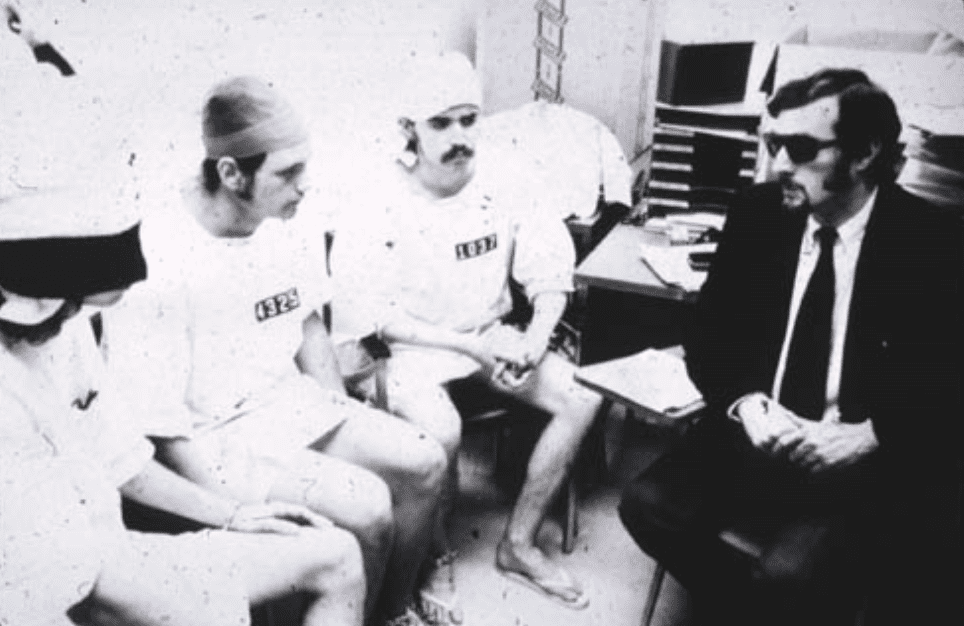 Wikimedia Commons, Teodorvasic97
Wikimedia Commons, Teodorvasic97
15. Shocking Results
In yet another psychological experiment, Stanley Milgram wanted to see how far people would go to obey an instruction, even if it meant harming another person. Participants thought that they were in charge of delivering greater and greater shocks to another test subject. The fake shock generator they had in front of them went from 15 volts to 450 volts. When told to shock the person hooked up to the machine, 65% of participants obeyed instructions right up to 450 volts, and all of them obeyed up to 300 volts. The results of the study were unsettling, and many of the participants later claimed to be traumatized to find out they were capable of such horrible acts.
14. You’re Going to Give Me an Ulcer
For years, people thought that stomach ulcers were caused by stress. But in the eighties, Drs. Barry Marshall and Robin Warren discovered that they were actually caused by bacteria. To prove their point, Marshall ingested some of the bacteria himself, and lo and behold, he got a stomach ulcer soon after. To be fair, Marshall and Warren won the Nobel Prize in 2005 for their discovery, so it was probably worth it.
13. “All I Saw Before Me were Acres of Skin”
Dr. Albert M. Kligman was an American dermatologist who was allowed to experiment on consenting prisoners in Philadelphia’s Holmesburg Prison. Although Kligman’s subjects allowed him to perform tests on them, and none of them experienced long-term harm, he still subjected them to many painful procedures involving unknown substances. He was famously quoted as saying that when he saw the prisoners, he didn’t see people, but rather saw “acres of skin. It was like a farmer seeing a field for the first time.”
12. Stateville Prison Blues
The Stateville Penitentiary malaria tests of the 1940s are yet another example of performing dangerous experiments on prisoners. To learn more about the disease that was ravaging American soldiers, doctors from the University of Chicago exposed 441 willing inmates to malaria-infected mosquitos. Though the study continued for years and was widely praised, in recent memory it has been considered the paradigm of abusive human research, and it has sparked a huge debate about the ethics of human experimentation.
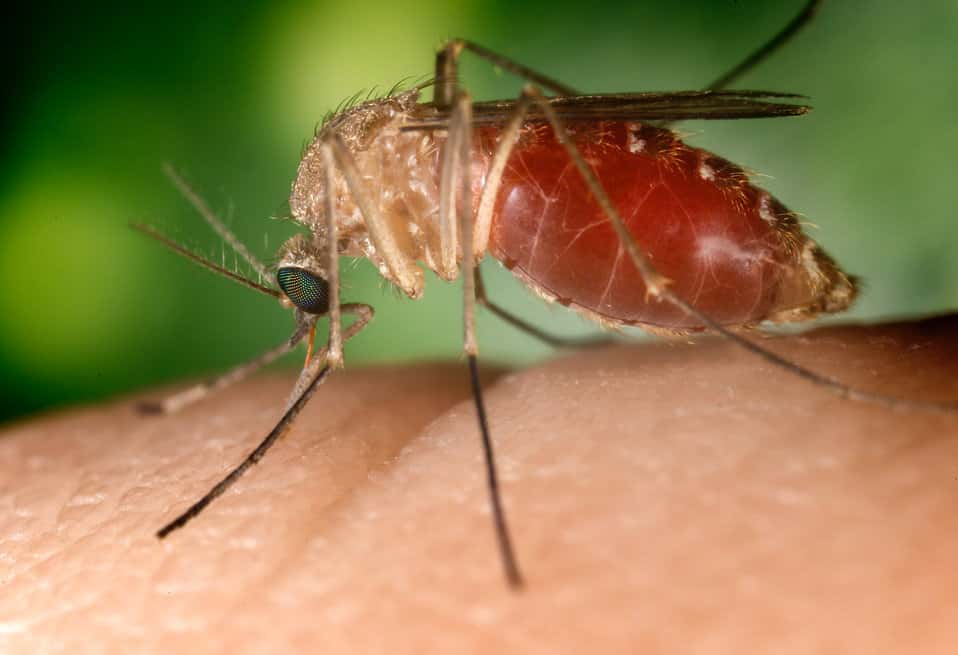
11. Hanging Out
Nicolae Minovici was a Romanian scientist who studied what happens to a human body when it gets hung from a noose. To find out, Minovici watched hundreds of hangings, but he felt that he had learned as much as he could second-hand. So he took the next logical step: he tried hanging himself. He first tried tying a rope around his neck and pulling on it himself. Then he tried having his assistants pull on the rope. Finally, he tried doing the real deal: he tied a true hangman’s noose, hung it from the ceiling, tied it around his neck, and had his assistants pull on the rope as hard as they could. He lasted only four seconds before making the assistants stop, and still had trouble swallowing for a month after.
10. Arachnophobia
After seeing that the bite of a black widow spider could kill rats and mice, Dr. Allan Walker Blair wanted to find out what the effect would be on a person. So what did he do? Similar to many of his predecessors on this list, he let the spider bite him. Unsurprisingly, he proceeded to experience complete agony (and was unable even to take notes on the experience after two hours) for the next two days, but fortunately he did recover.
9. Worms Worms Worms
There are various types of parasitic worms that can infect humans, and scientists have discovered how they enter the body through various ill-conceived means. Italian scientist Giovanni Battista Grassi tested his theory that giant roundworms infect people through the digestive tract by eating their eggs, which he retrieved from an infected corpse. He was right.
8. Shot Through the Heart
John Deering was a death-row prisoner who was sentenced to death in 1938, but it’s how he was killed that makes him so unique. He agreed to take part in a test by Dr. Stephen Besley, who wanted to see what a person’s heart rate would be…if they were shot in the heart. When Deering was executed, he was hooked up to an electrocardiogram and was then killed by being shot directly through the heart so Besley could see exactly how his heart reacted before, and during, this violent event.
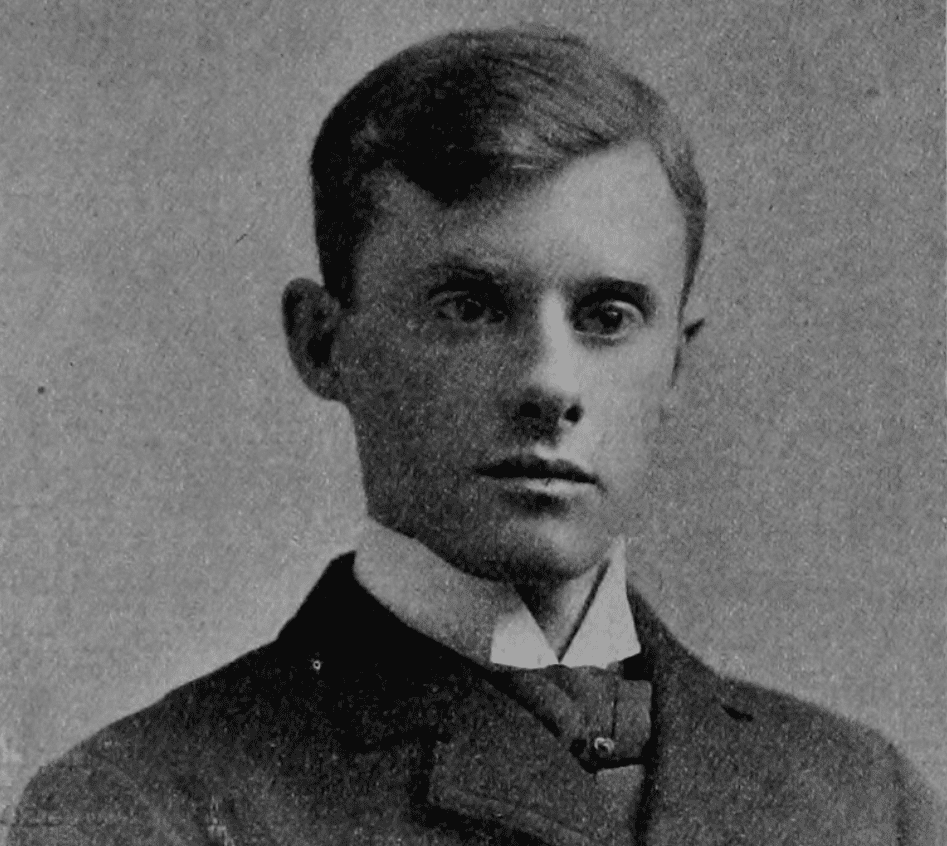 Flickr, Internet Archive Book Images
Flickr, Internet Archive Book Images
7. The Demon Core
Physicist Louis Slotin was meant to be one of the world’s foremost experts at handling a sphere of radioactive plutonium known as a “demon core.” This plutonium pit was similar to the cores of the nuclear bombs dropped in Japan, and Slotin was demonstrating how to carefully bring the core to near the point of criticality. Unfortunately, while performing the extremely delicate experiment, Slotin dropped a screwdriver and released a huge amount of radioactivity, sending out a bright blue glow. The people watching the experiment managed to survive, but Slotin died soon after from radiation exposure.
6. Not a Bright Idea
Thomas Edison was inarguably a brilliant scientific mind, but not all of his work was great. He did a lot of experiments with X-Rays in his career before the dangers of radiation were well understood. He performed countless X-Ray tests on a man named Clarence Dally to try and refine the process. Over the years, Dally began to physically deteriorate, but assumed he would heal like he would from a normal injury. Eventually, Edison saw the harm he was causing and stopped his experiments with X-Rays, but it was too late, and Dally died not long after.
5. AC/DC
Edison’s feud with Nikola Tesla is almost as famous as Edison himself. Edison was a proponent of DC power, while Tesla believed in AC power. Today both types see wide use in different applications, but Edison was convinced that DC power was the way of the future (and wanted to keep profiting from his lucrative DC patents). In 1903 Edison was hired to execute an elephant that had killed a number of its trainers. Edison used the opportunity to show the world the dangers of AC electricity. He shocked her with 6,600 volts of AC current and she died instantly. This proved nothing but animal cruelty, and slowly but surely AC made its way into homes all over the world.
4. Huffing Gas
Thomas Midgley Jr., a scientist at General Motors, added a substance called tetraethyllead, or TEL, to gasoline in the early 20th century to make leaded gasoline. It solved certain issues with the the engines in cars at the time, but people were afraid that it could pose health risks. To prove them wrong, Midgley would do presentations where he would thoroughly bathe his hands in TEL to show its safety. Little did he know, the substance was extremely unsafe. Though he recovered, Midgley got lead poisoning from inhalation.
3. Just Keep Digging
During the Cold War, scientists from both the United States and Russia made plans to dig as a far as possible into the Earth’s crust. The Americans abandoned their plans, but the Russians went through with it, managing to dig a hole more than 12km into the Earth’s crust. Since no one had dug so far before, scientists were worried that there could be unexpected seismic activity as a result of the hole. Thankfully, the test went as well as could be expected, and the Kola Superdeep Borehole still exists today, though the site is closed.
2. Black Hole Sun
The Large Hadron Collider (LHC) in Switzerland is the world’s largest particle accelerator. This 27km long ring shoots particle beams into each other at close to the speed of light. Before the machine was turned on, no one was completely sure what it was capable of, and there were fears that it could create a black hole that could swallow the planet. CERN, the organization that runs the LHC, has said that any black holes it might make would be extremely small and completely safe. Comforting.
1. Rocket Man
John Paul Stapp was an American flight surgeon who researched the effects of high g-forces on pilots. It was for this cause that he strapped himself to a rocket sled in the middle of the desert that would shoot along a track before stopping suddenly at the end. In his most extreme test, conducted on December 10, 1954, he accelerated from 0 to 632 miles per hour in just five seconds before coming to a complete stop in just 1.4 seconds. All of the vessels in Stapp’s eyes burst, he went temporarily blind, he broke both wrists and cracked several ribs, but he survived and gained the title of the "fastest man on earth."
Sources: 1, 2, 3, 4, 5, 6, 7, 8, 9, 10, 11, 12, 13, 14, 15, 16, 17, 18, 19, 20, 21, 22, 23, 24, 25, 26, 27, 28





